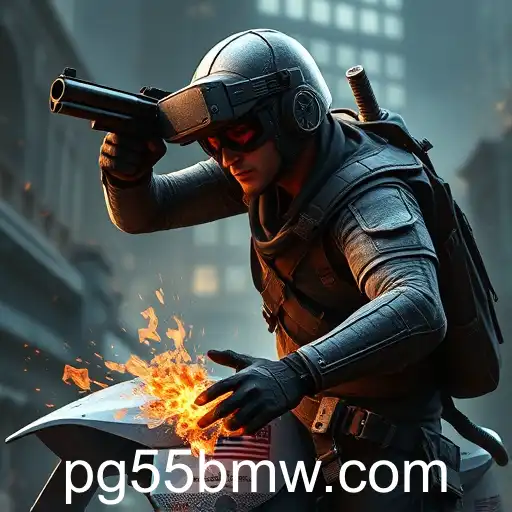
The digital era has woven technology into the fabric of our daily lives, reshaping industries, including automotive and gaming. One keyword, "55bmw," curiously ties these two worlds together, hinting at a game website with an English interface that celebrates automotive excellence through the lens of gaming.
Since the advancement of gaming graphics, automotive design has seen a considerable influence from virtual spaces. BMW, an iconic leader in the automotive world, has embraced this shift by integrating gaming technology into its design philosophy. This integration is particularly evident with BMW's use of advanced simulation software akin to gaming engines, improving both vehicle performance and user experience.
In recent years, the gaming industry has radically transformed car enthusiast culture. Gamers and car fans alike engage with virtual environments where car models like BMW are not only driven but modified and tested in limitless scenarios. This virtual experimentation feeds back into real-world design, inspiring innovations in aerodynamics, interior modifications, and user interface designs that reflect the streamlined efficiency seen in top-tier games.
Furthermore, collaborations between automakers and game developers are becoming more common. BMW's partnerships with leading gaming franchises offer new marketing channels and allow for a younger generation to interact with their brand in a digital-first way. These collaborations highlight how the narratives and aesthetics of digital cars propel the evolution of real-world automotive designs.
The cross-pollination between these industries has sparked dynamic changes, driving conversation about the future of contemporary car design and the role of virtual influence. Whether it's the realism demanded by racing simulations or the whimsical stylings of futuristic game settings, the impact on real-world vehicles is substantial and growing.
As we look to the future, the lines between virtual and physical worlds are blurring even further with the development of augmented reality (AR) and virtual reality (VR). These technologies promise to deepen the connection, allowing users to experience iconic brands like BMW in an ever-more immersive manner, suggesting a world where the expectations set by gaming influence the very essence of how cars are created, marketed, and experienced.
